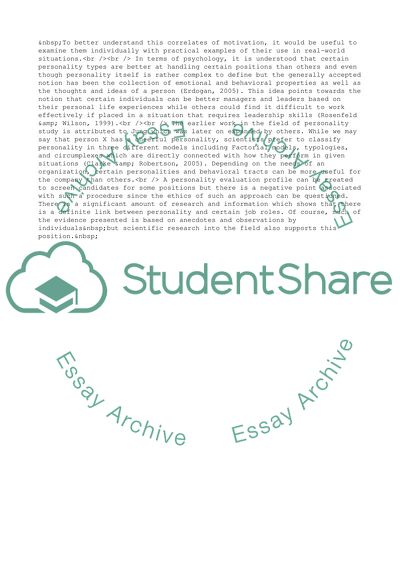Cite this document
(The Motivation of People in the Workplace Assignment - 3, n.d.)
The Motivation of People in the Workplace Assignment - 3. Retrieved from https://studentshare.org/management/1539595-organisational-behaviour
The Motivation of People in the Workplace Assignment - 3. Retrieved from https://studentshare.org/management/1539595-organisational-behaviour
(The Motivation of People in the Workplace Assignment - 3)
The Motivation of People in the Workplace Assignment - 3. https://studentshare.org/management/1539595-organisational-behaviour.
The Motivation of People in the Workplace Assignment - 3. https://studentshare.org/management/1539595-organisational-behaviour.
“The Motivation of People in the Workplace Assignment - 3”. https://studentshare.org/management/1539595-organisational-behaviour.


